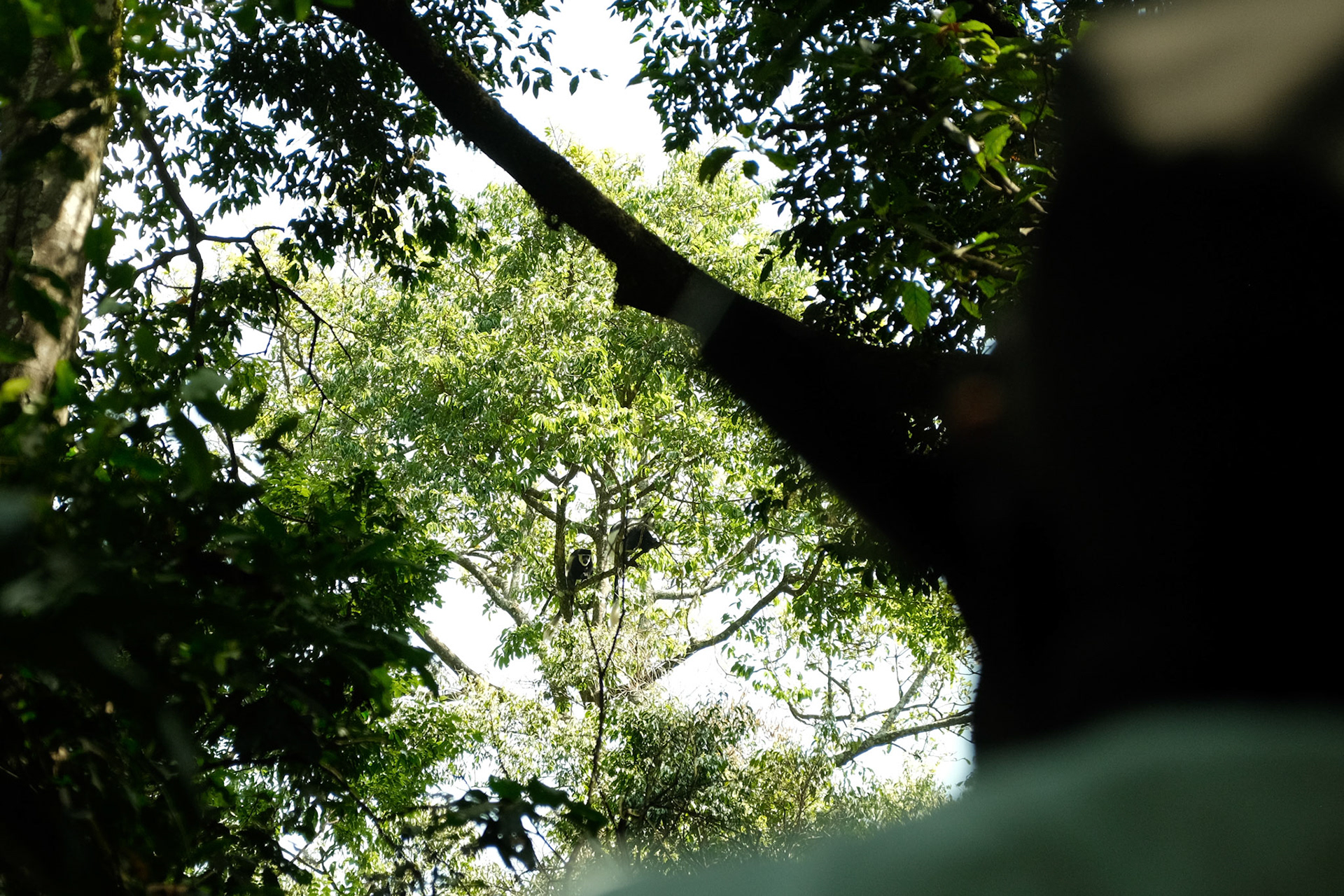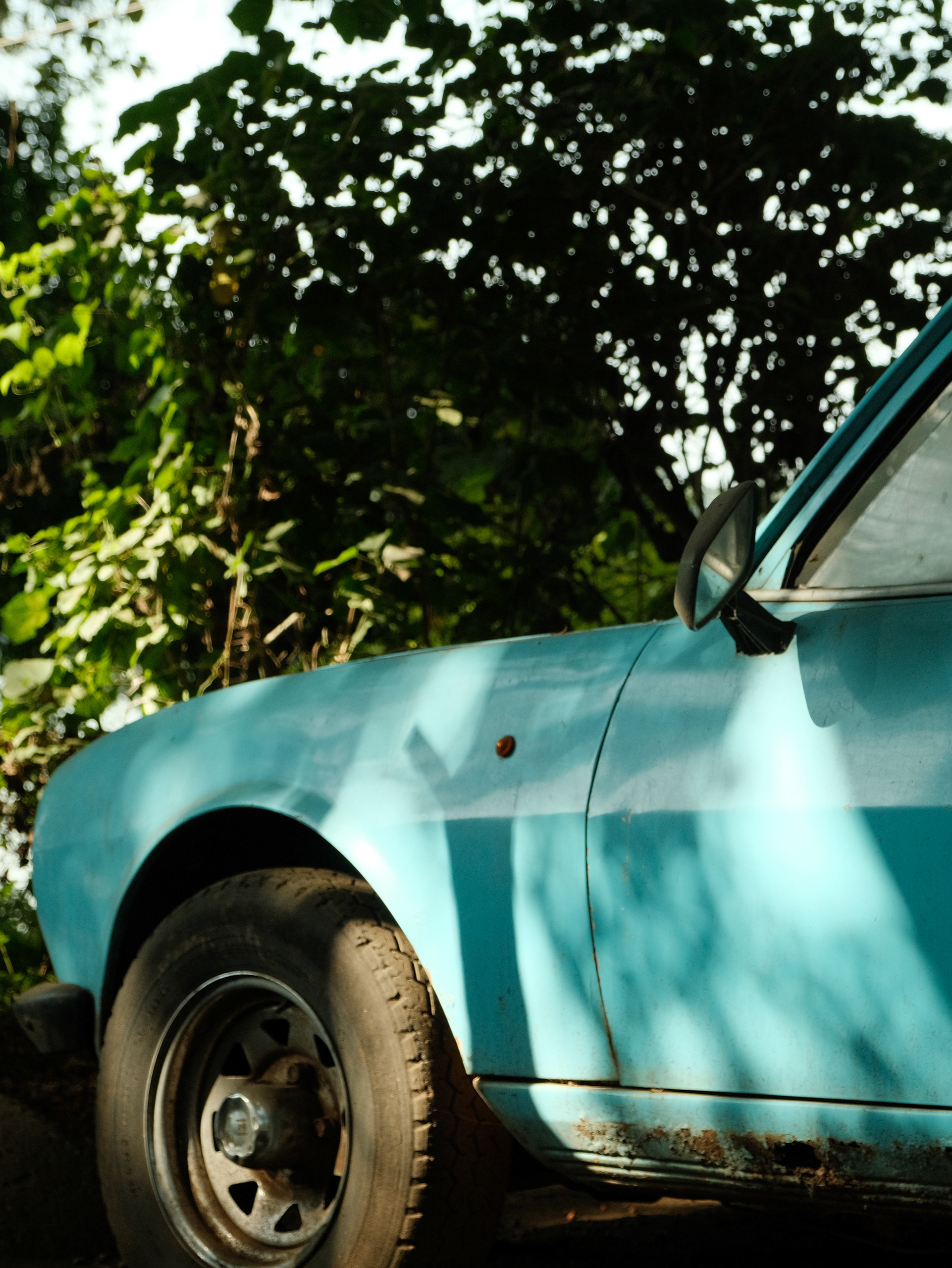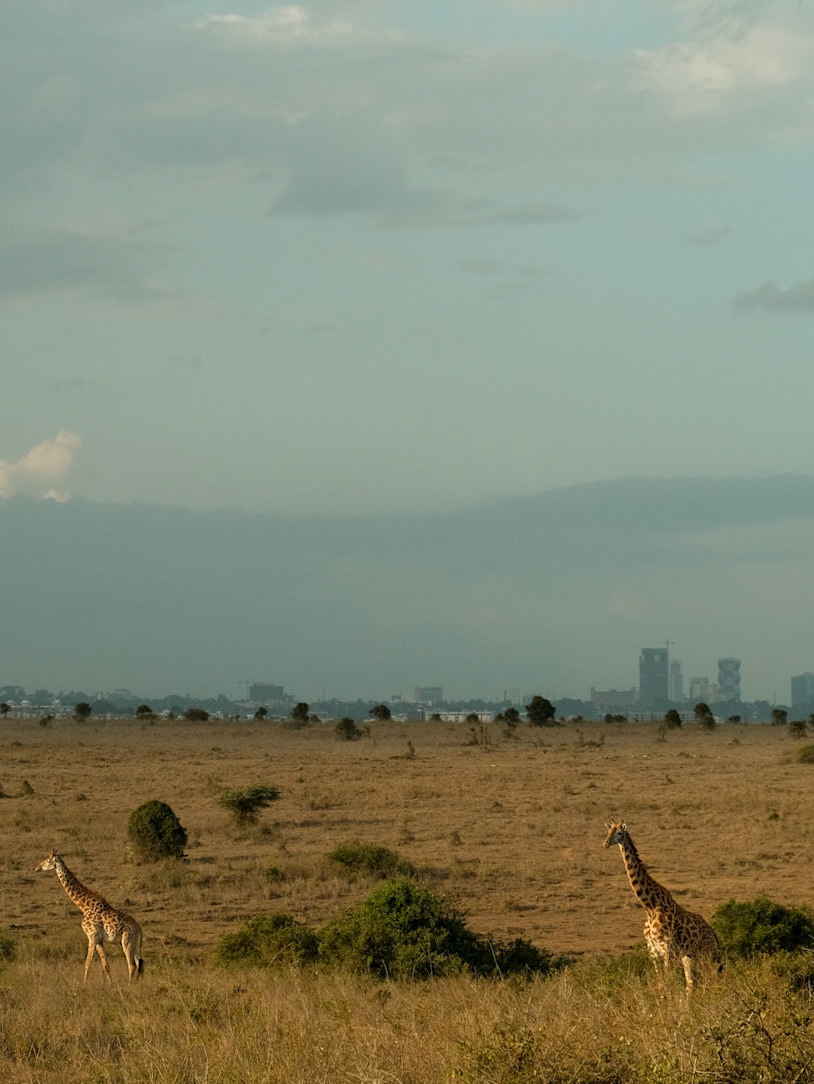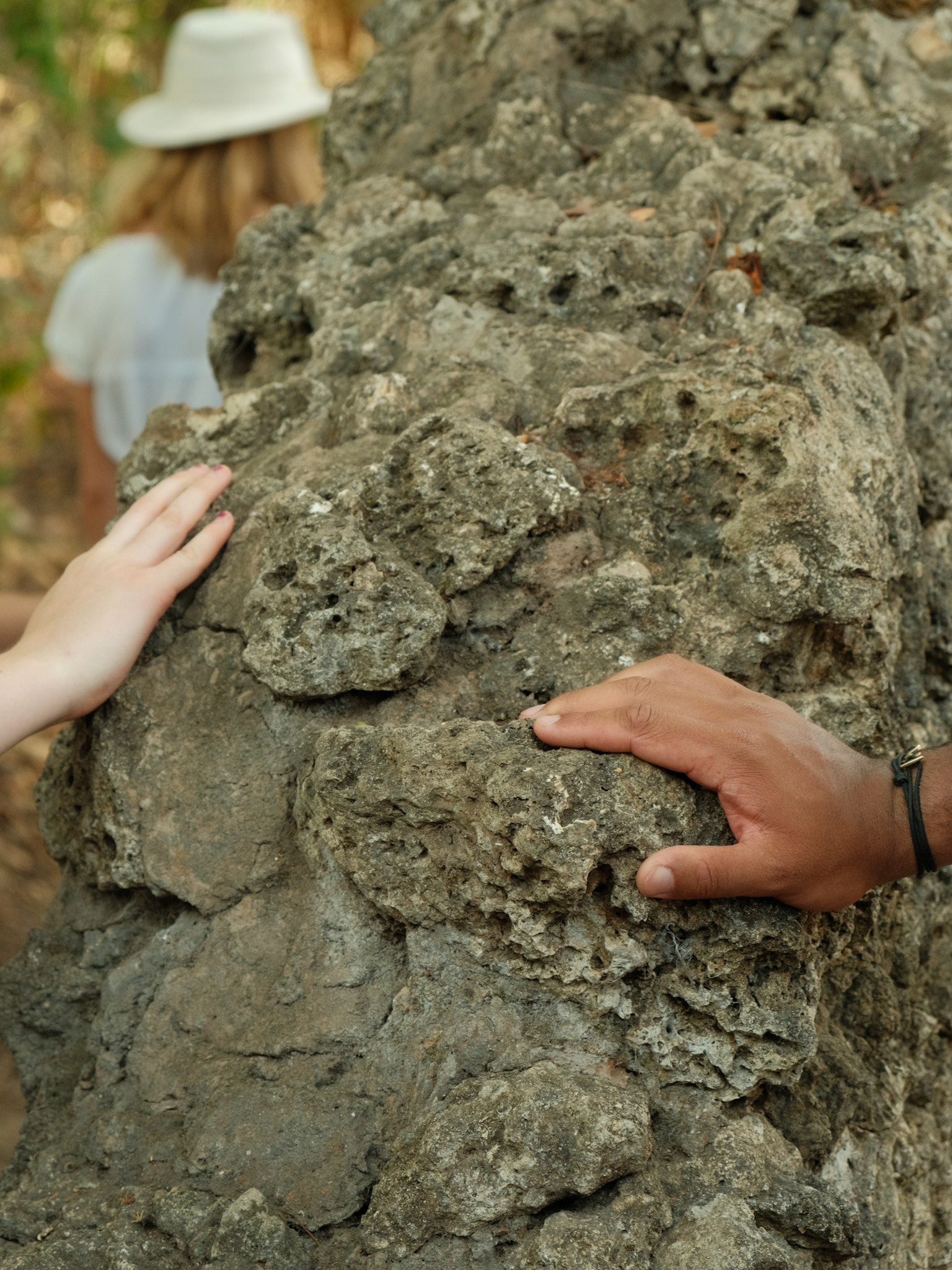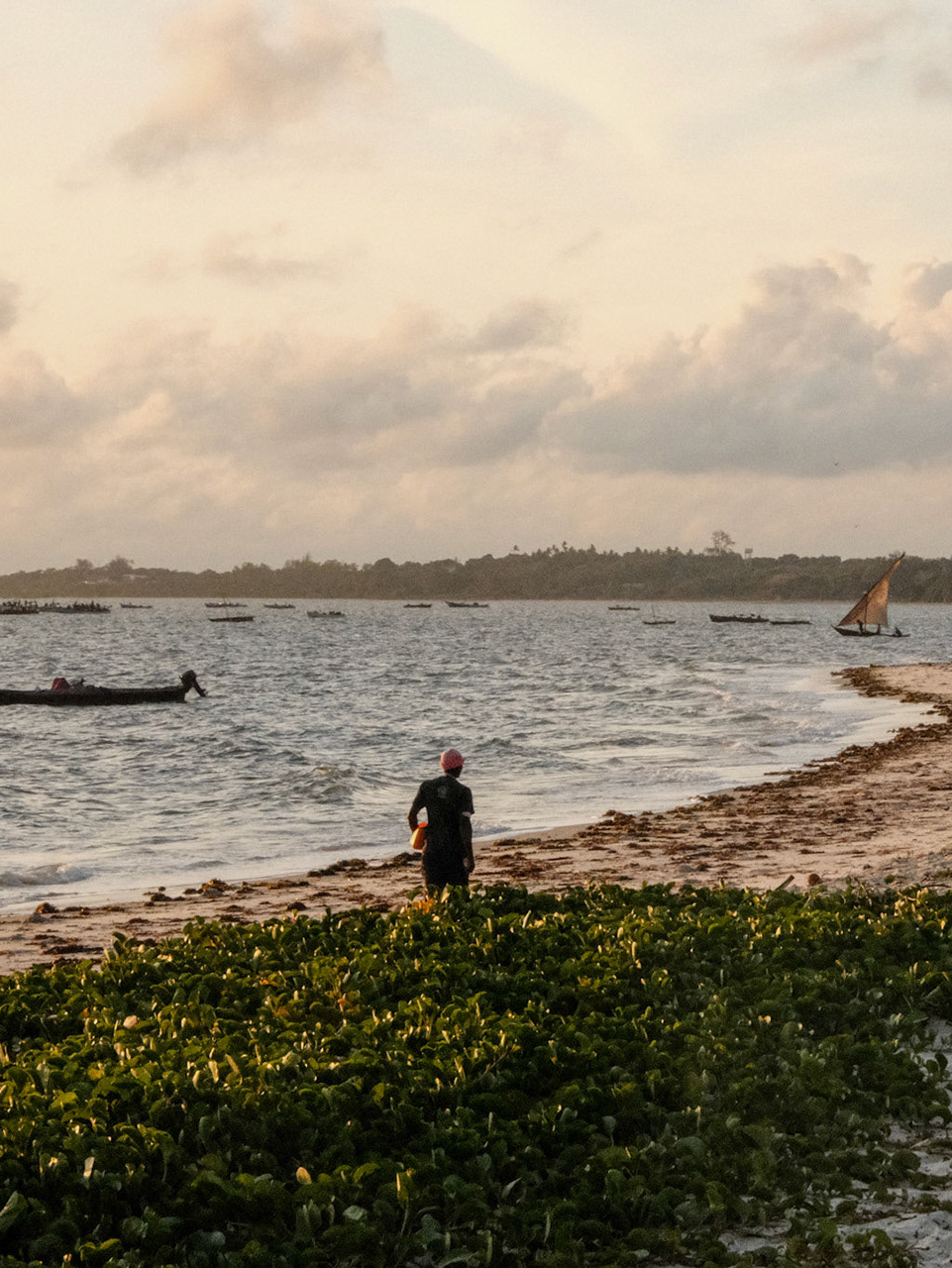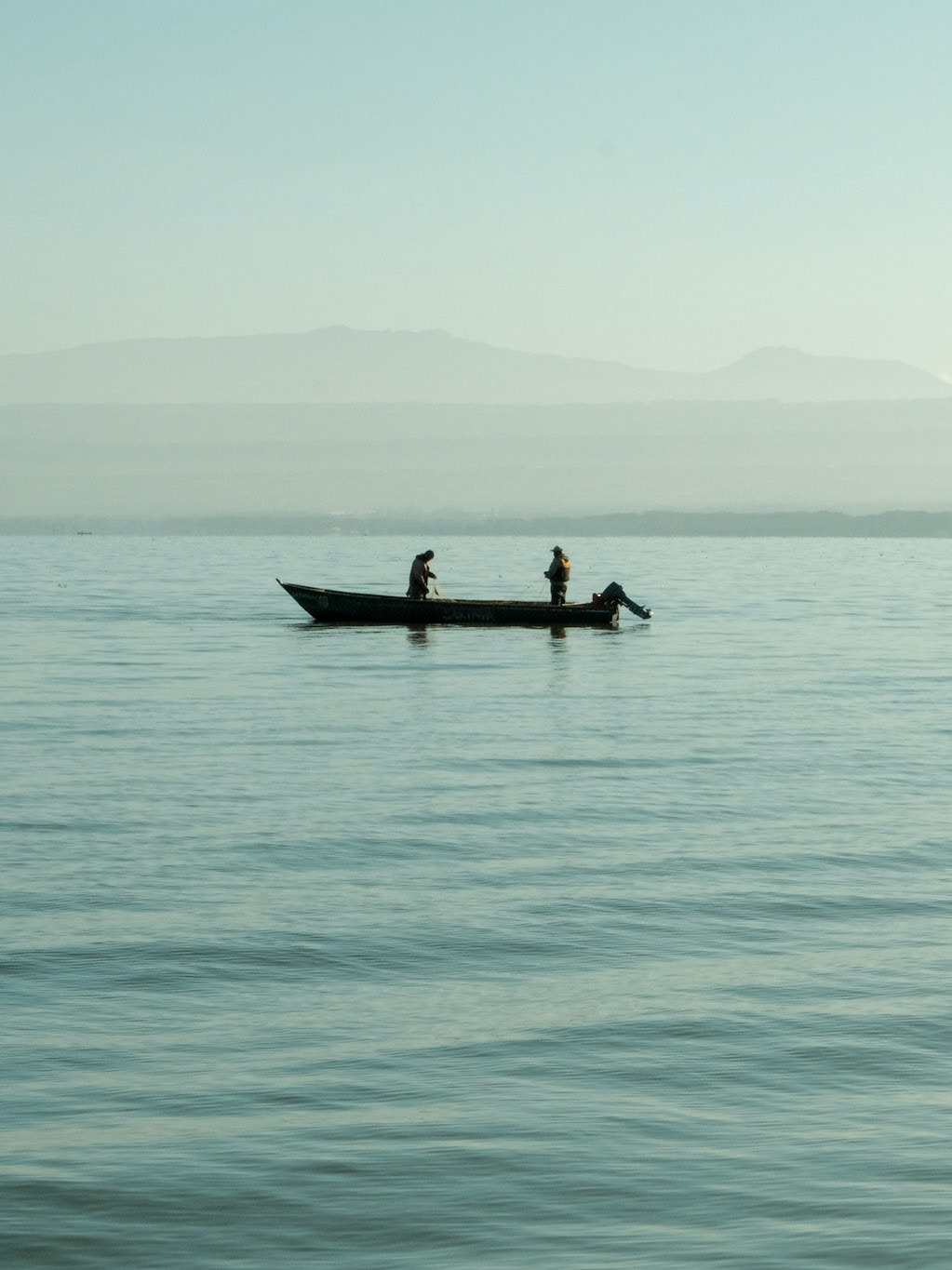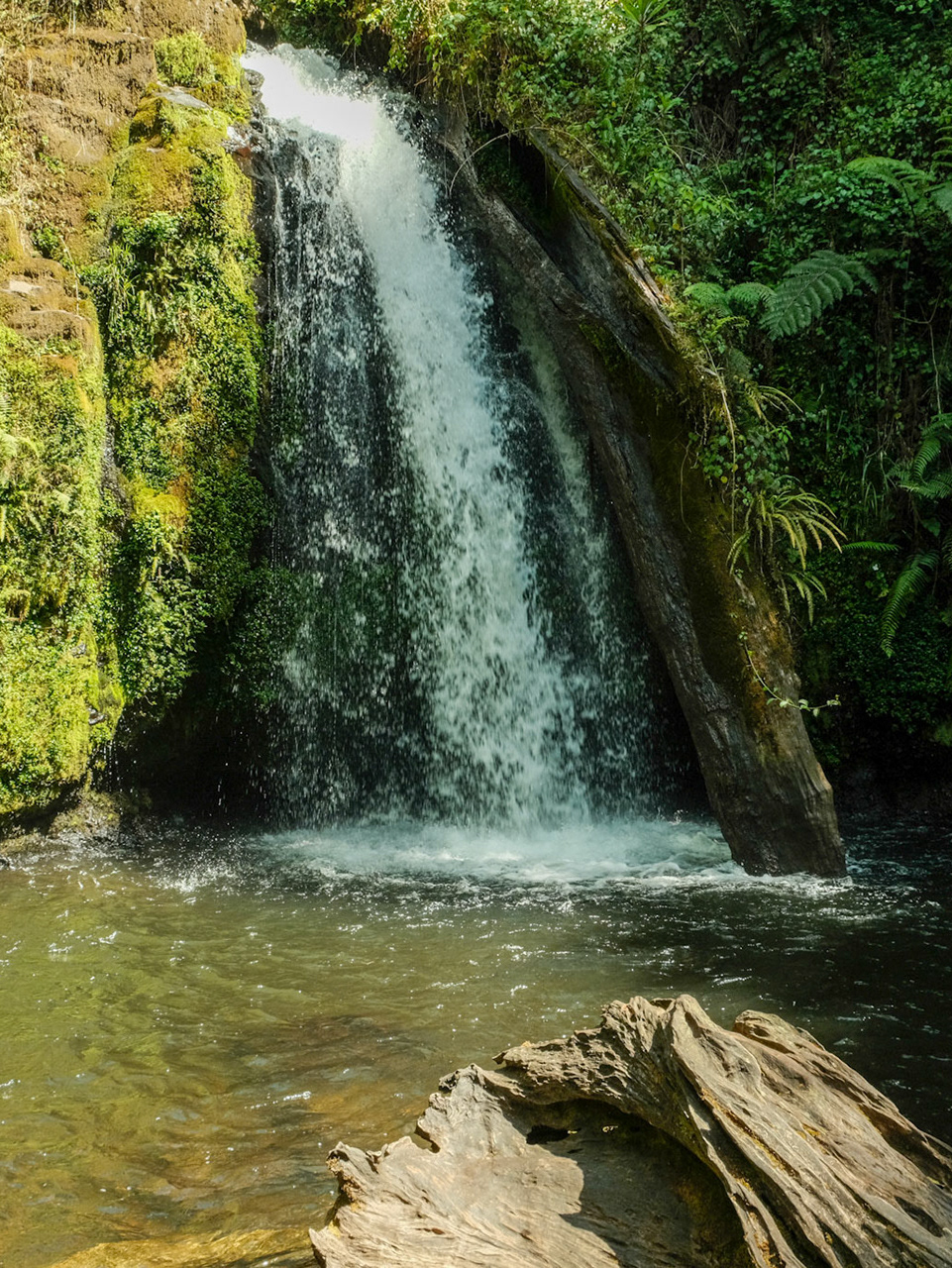Journal Entry
February 2nd-9th:
note: Kakamega in Kiswahili means "Big Brother"
"The Kakamega forest smells like wet grass and tree bark. Birds, monkeys, insects, reptiles and amphibians fill the forest with movement and sounds. In this 200km square reserve, there are 350 species of birds, 36 species of reptiles, 45% of Kenya's butterfly species and the oldest trees are around 500 years as told by Salomon, the local wildlife expert. With 200 000 people living around the forest, this precious ecosystem is under various pressures. Tourism by Kenya Wildlife Service (KWS) and management by Kenya Forestry Service (KFS) provide value, regulation and protection to the forest. Evidences of past disturbances are noticeable especially in the secondary growth forest where introduced species have invaded the edges of trails. The parasitic and symbiotic relationships with the ficus tree are among the many impressive stories this forest has to tell.
.....
"
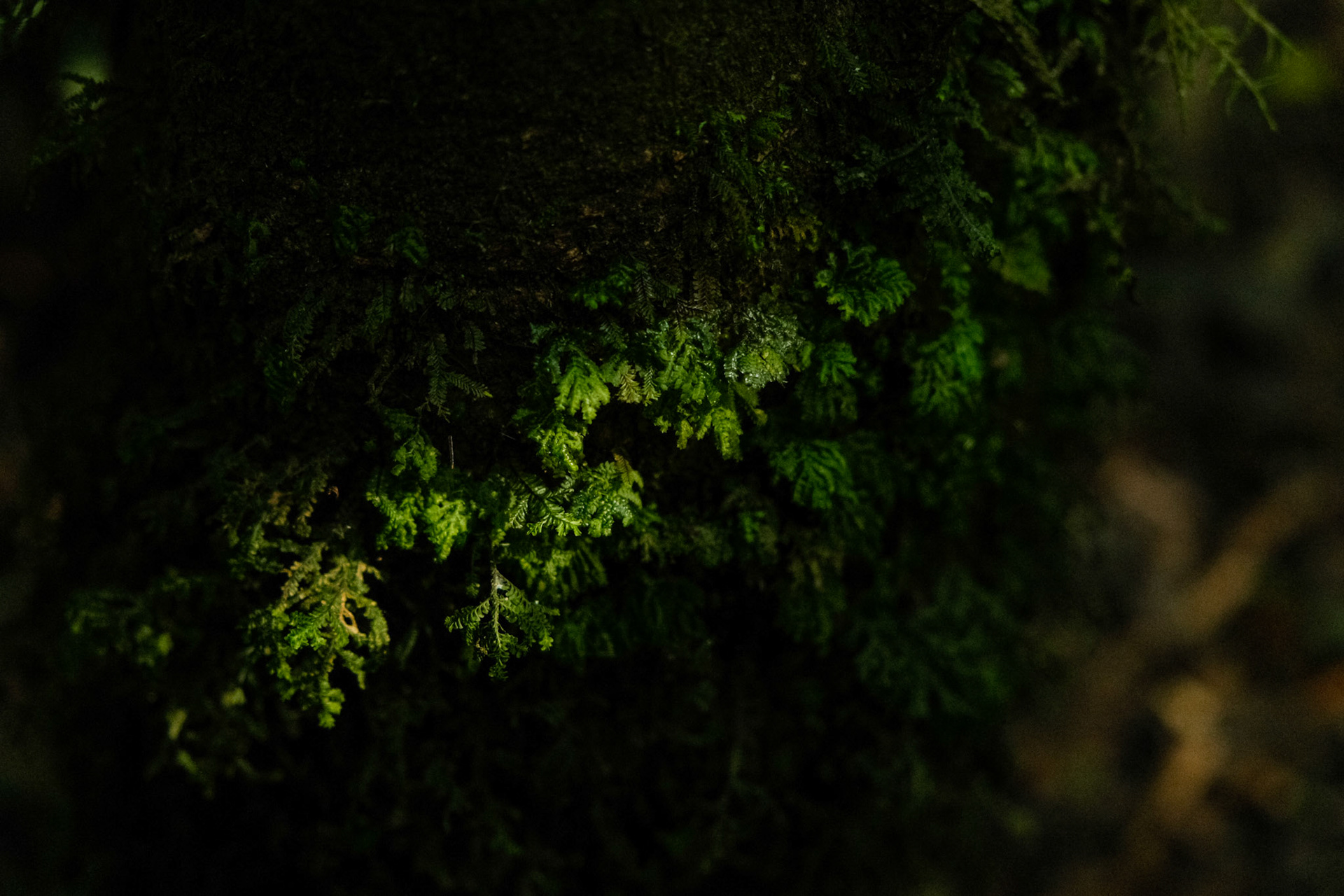
Moss on tree bark
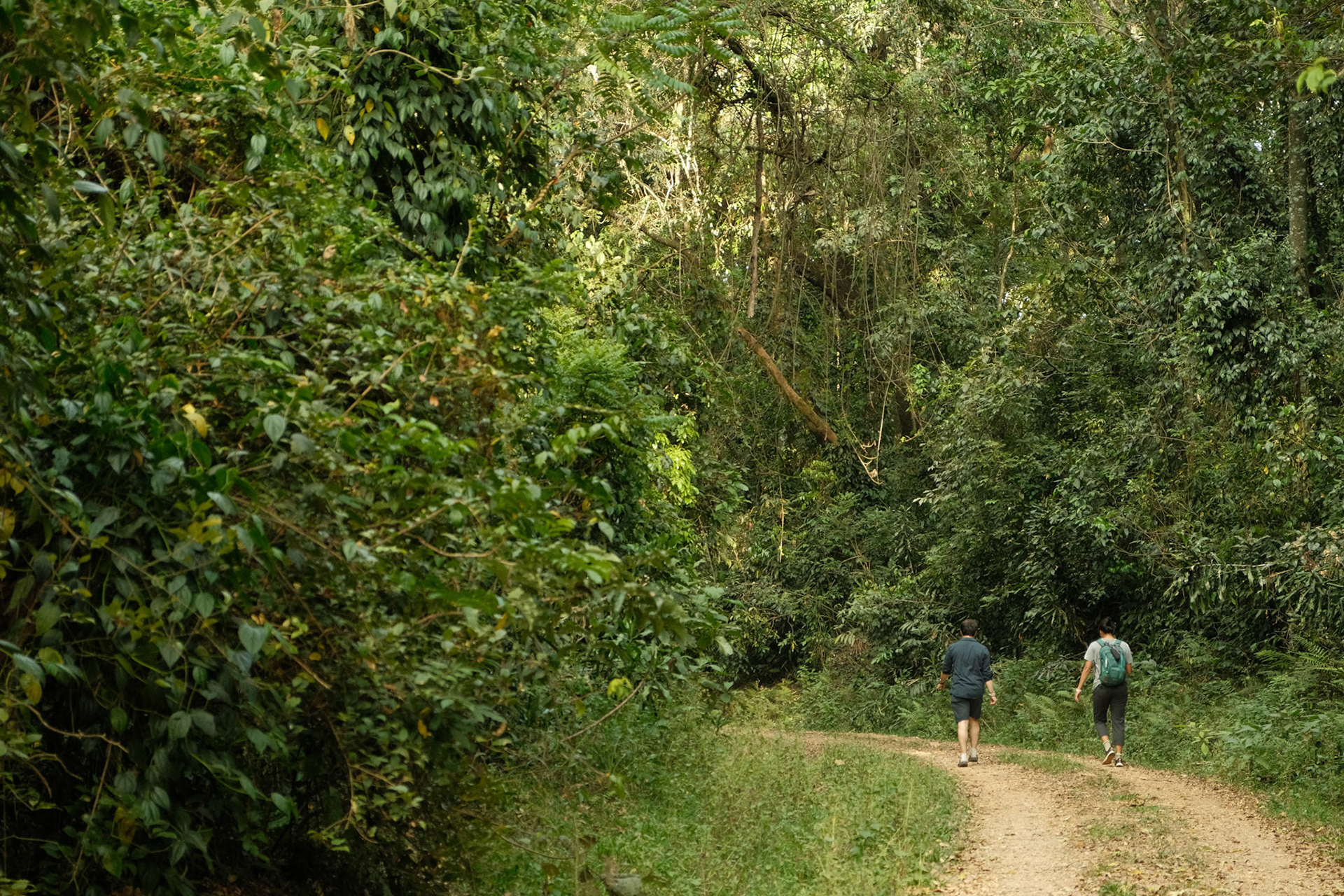
AFSS students exploring the trails during free time
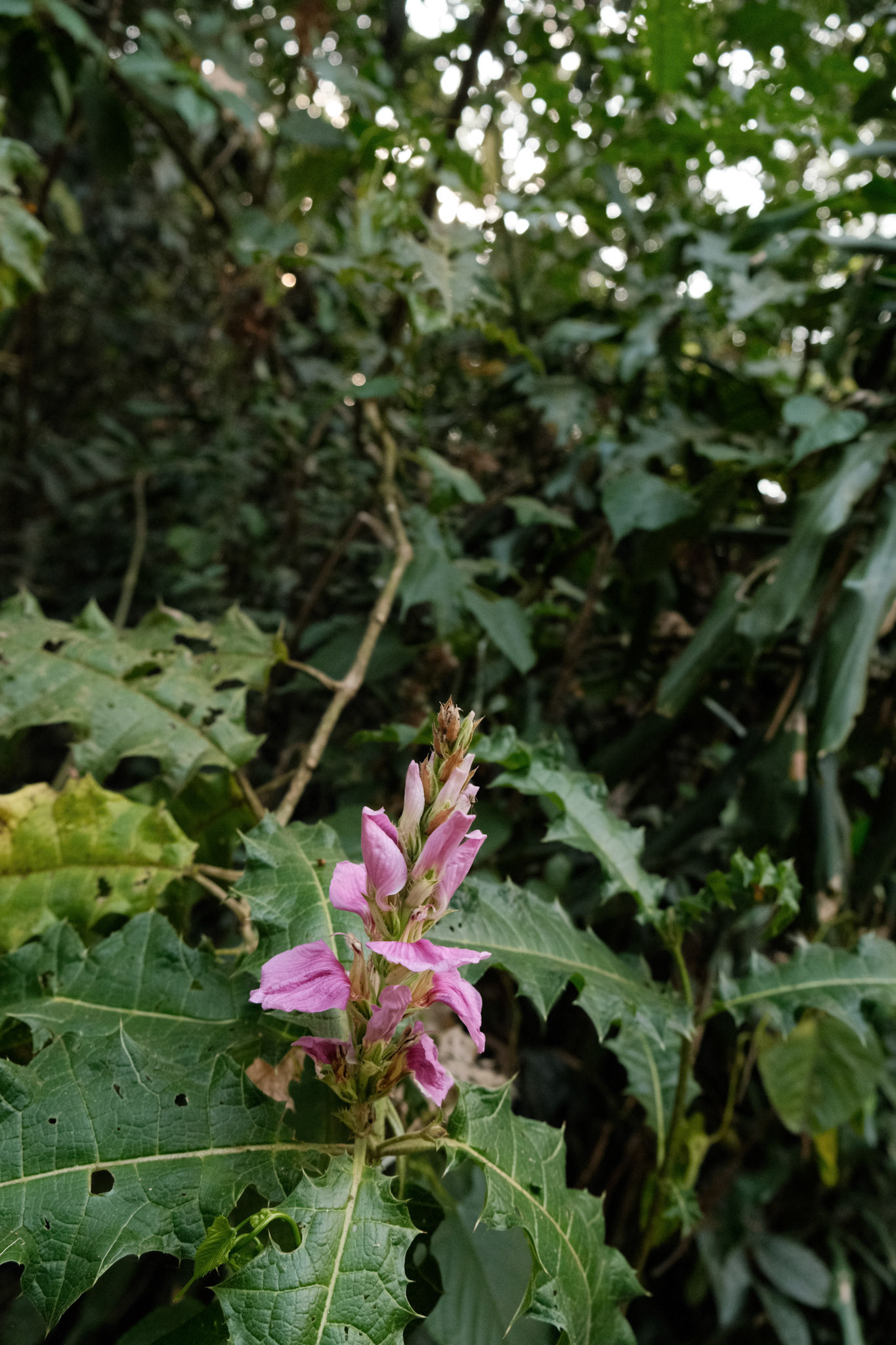
Acanthus plant

View of kakamega forest from top of the hill
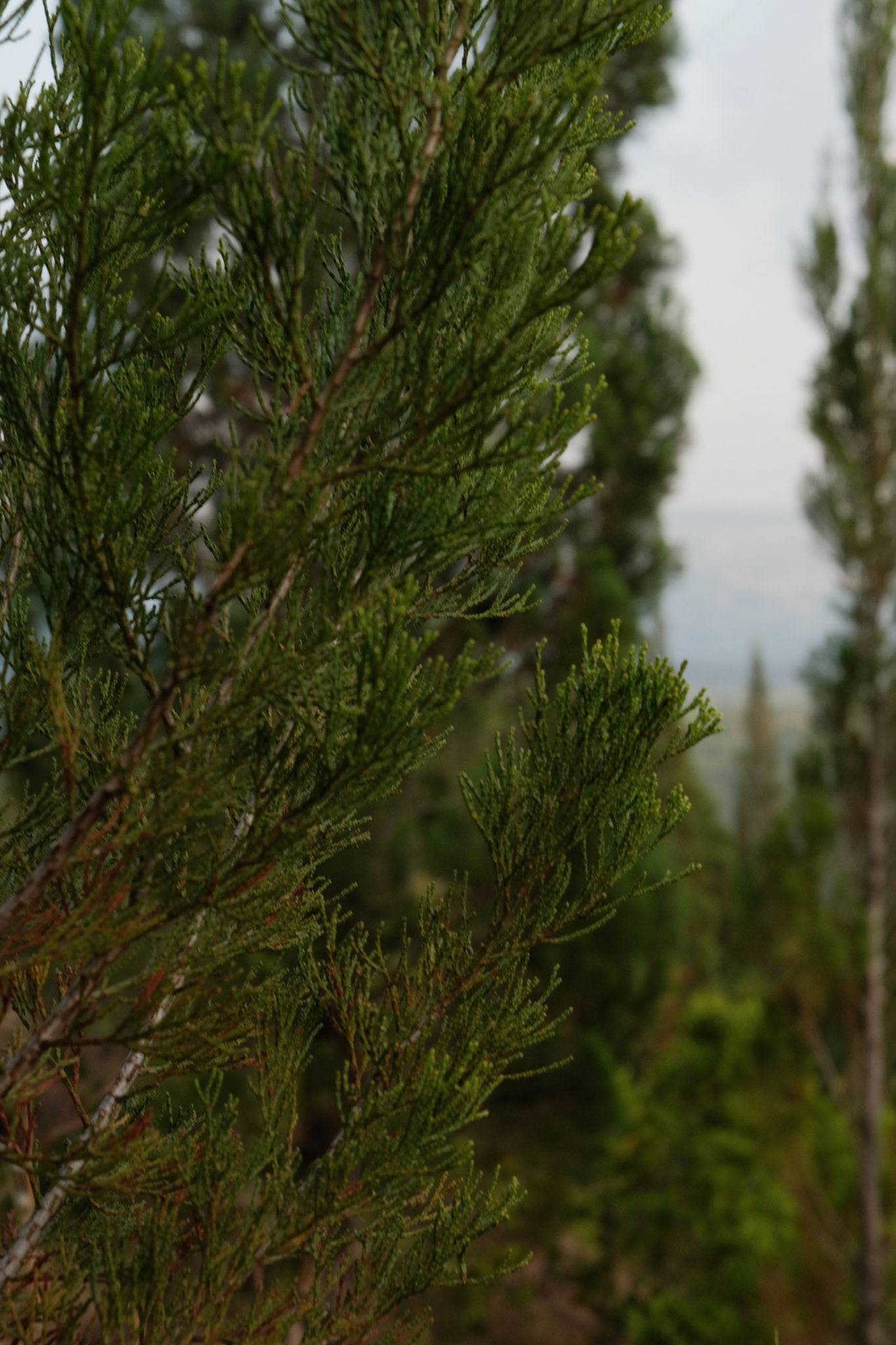
Cedar tree
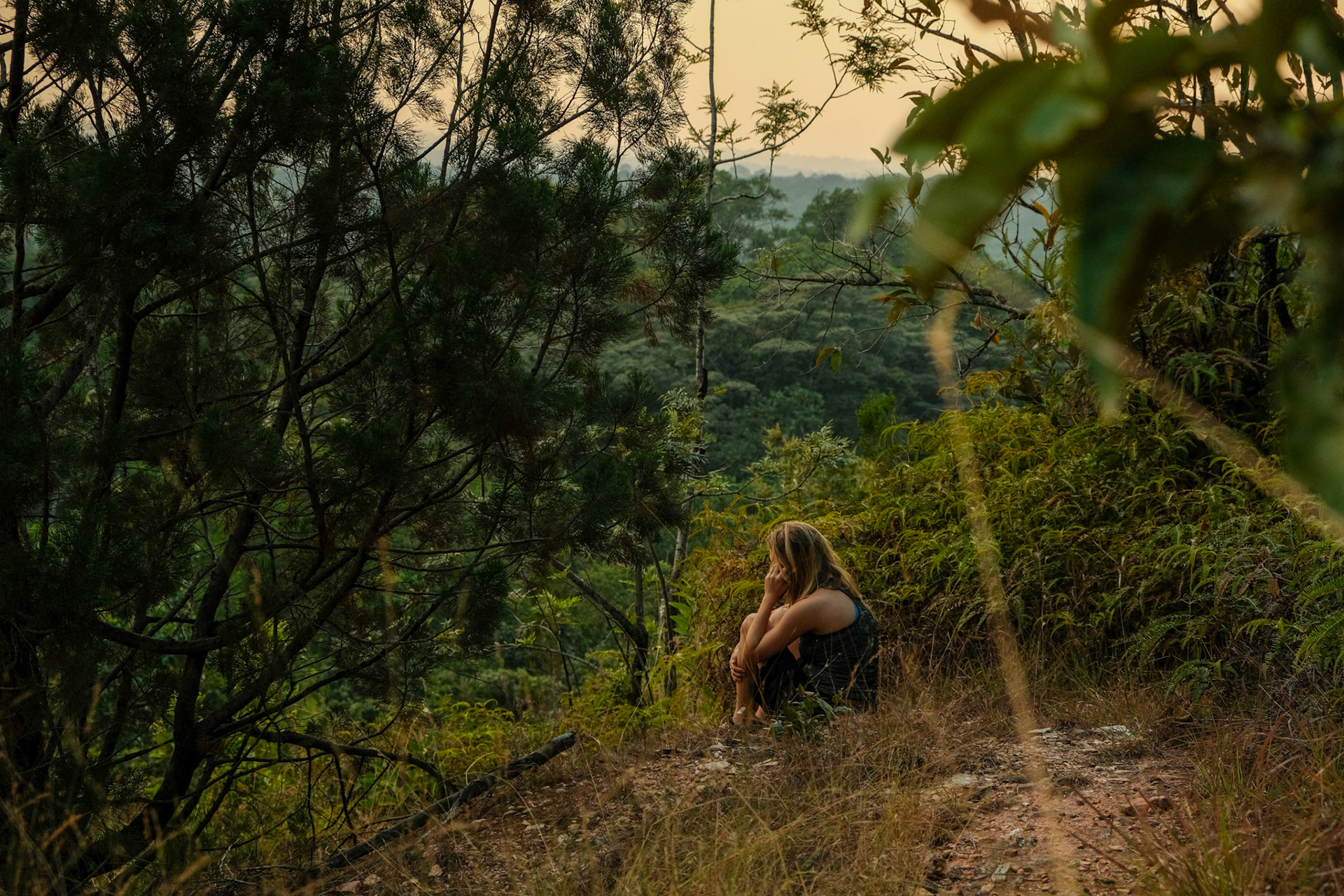
Cell phone reception is better on the top of the hill to call family and friends back home
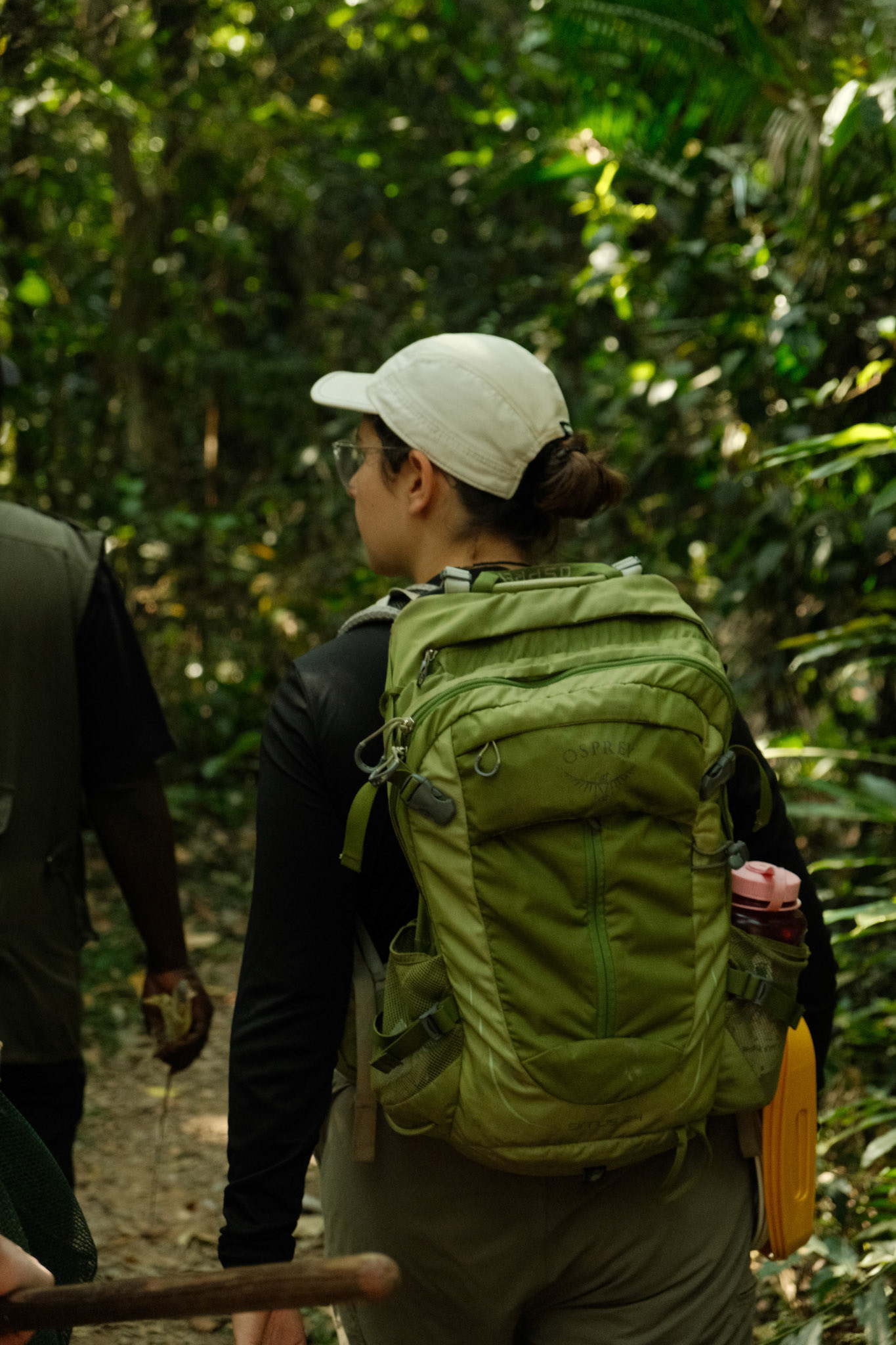
AFSS student going to class (the forest)

Signs of insect herbivory on tree leaves

Caterpillar floating down the stream
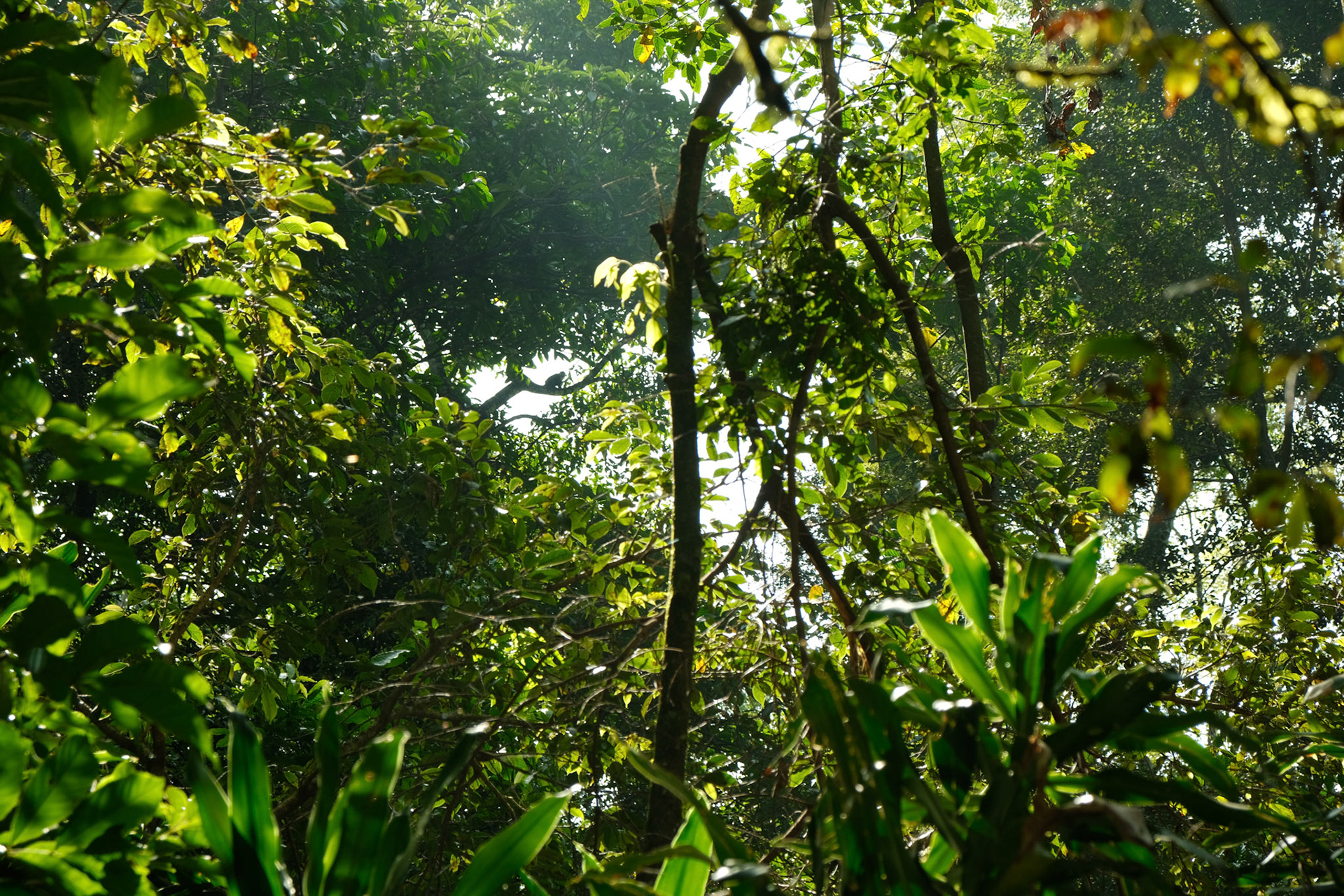
Dense and diverse canopy of the forest

AFSS student during primatology "lecture"
